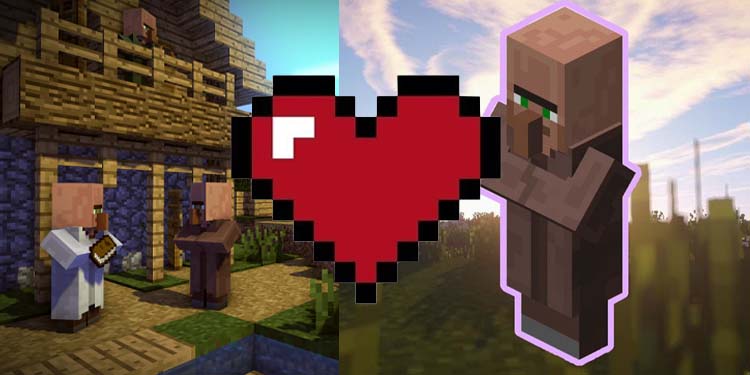Villagers are the most helpful mob in Minecraft, and you can find them randomly in the open. It’s typical for a player to want as many villagers as possible. So, how to breed villagers in Minecraft?
Just like you breed wolves, cows, pigs, chickens, foxes, and turtles, you can also breed villagers on Minecraft. However, villager behavior is entirely different from that of animals. They work, have families, take on places to live, and generally have their own will.
The process of breeding is easy, as you don’t need anything tough to find. However, the full list of villager functions can be more complex.
How to Breed Villagers on Minecraft?
As we mentioned, the process is similar to breeding any other animal in the game. To breed Minecraft villagers, you must put two villagers together and feed them.
You wouldn’t put villagers in a pin or cage compared to other animals. Instead, you have to put them in a house with beds.
After you leave them alone under these conditions, you must throw food near the villagers, which makes them more willing to breed.
Lastly, the items you need to breed villagers are three beds, a house or room, and food. The food can be a stack of 12 Carrots, Beetroots, Potatoes, or 3 Bread.
Let’s run down the process step by step, though:
Locate an NPC Village
To breed a villager, you must find them in the open. Villagers spawn in several biomes within randomized villages. These biomes include plains, snowy plains, deserts, savannas, Taigas, snowy Taigas, and finally, Swamps and Jungles which doesn’t include a village.
Similarly, Villagers spawn with a random number of villagers and buildings. These villagers will take jobs and generate items you can trade.
So, naturally, you need to explore these areas until you find a village. Alternatively, we’re teaching you how to lure villagers back to your town.
Trap the Villagers in a Room

If you want the express method, the best way is to trap two villagers with blocks. So, go towards any two villagers you find and start building around them.
The structure must become a house or a room. It doesn’t require floor tiles, a door, a roof, or a window to work.
While you construct, though, villagers may try to escape, and they can jump. However, be relentless with your blocky skills, and don’t stop until you trap them in the love room.
As a side note, I must clarify that Minecraft villagers are genderless. Any villager can breed with any other villager.
Put Three Beds in the Room or House
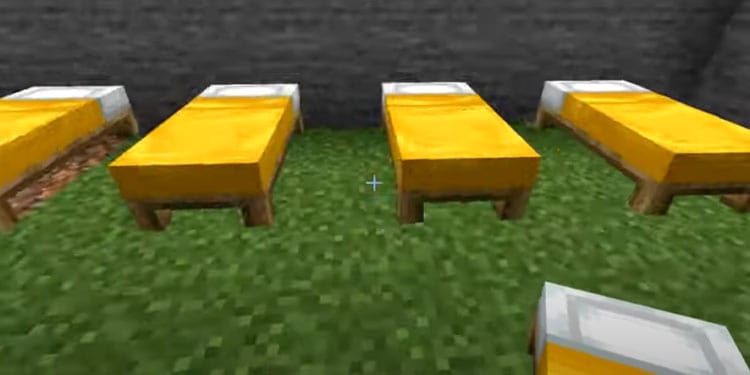
The next step is placing beds in the room or house you created for the villagers.
You need to put three beds at least, which means one for each parent, plus one for the kid. So, if you want the villagers to have two children, you’d need four beds, and the more beds you put in, the more the villagers can breed.
Lastly, if there’s a roof, the beds should have three blocks beneath the roof. Similarly, nothing should be blocking the path between the bed and the top. For example, stairs, other blocks, torches, and similar may prevent the villagers from getting off and on a bed.
Give Food to the Villagers
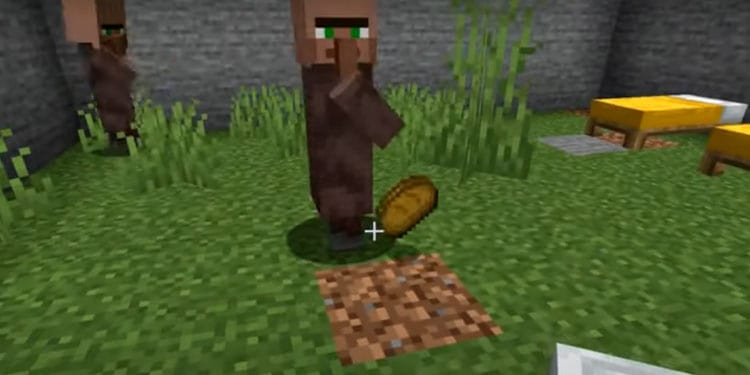
The last thing you need to do is feed them. Bread is the food they like the most, so each one needs three. However, Carrots are easy to find and farm, so it’s also a good choice.
Regardless of the food, you pick (Bread, Beetroot, Carrots, or Potatoes), throw the food nearby the villagers on the floor.
Wait until the Villagers Breed
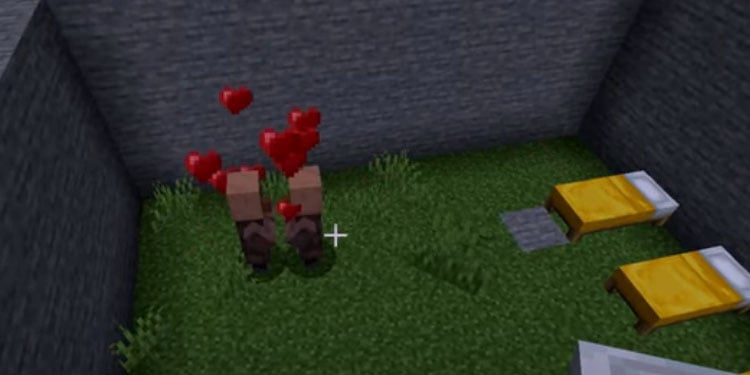
After they’ve eaten the amount of food specified (or close to the same amount), you’ll see hearts coming out of the villagers.
These hearts mean the villagers are breeding, and you’d only need to wait until they create a new villager. Give them some privacy, though, don’t be weird.
The process takes a couple of seconds to complete when you meet the conditions. By the end, you’ll see a baby villager in between their parents:
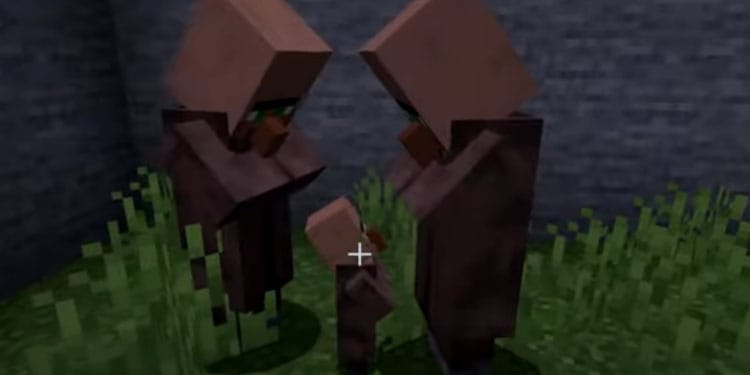
Alternative Method
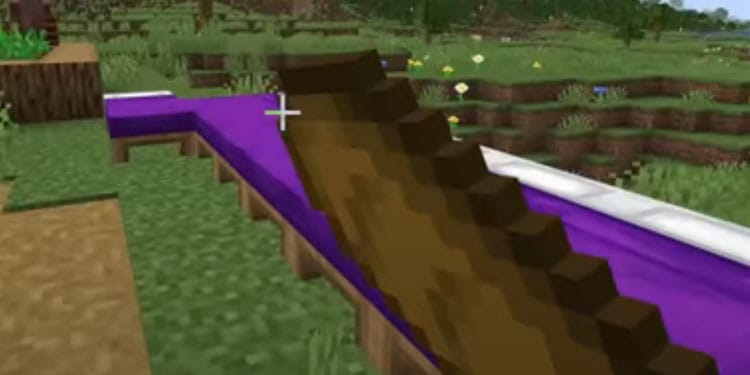
Players have also found that villagers don’t necessarily need an empty house to breed or even a house.
So, the alternative method is putting tons of beds out in the open. Also keep tons of food around them. Like so, the villagers will breed slowly but surely, and you wouldn’t need to do anything else.
Related Questions
Are There Hidden Mechanics in Villager Breeding?
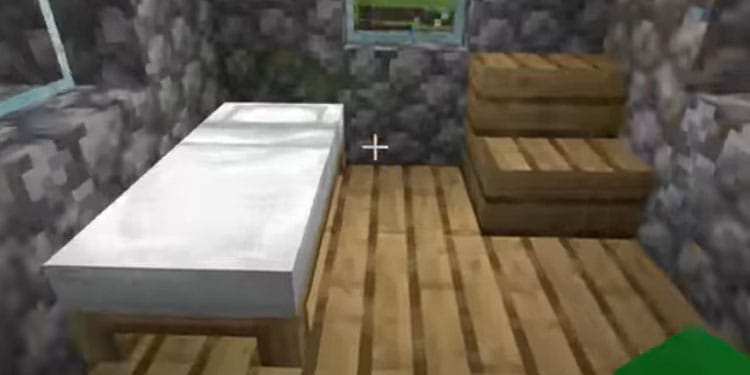
There’re two hidden stats beneath Minecraft villager breeding: Willingness and Availability.
“Willingness” is the villager’s desire to breed. The main way of raising Willingness is by giving them food, which you can do to any villager in a village, or once you put them in a room.
As I said, they require 12 Carrots, Potatoes, Beetroots, or 3 Bread. Making two villagers breed after their Willingness is high gives you more XP.
To give villagers food, you can trade with them if possible or throw the food near the villagers. By the way, trading with villagers also raises their Willingness.
Now, the second hidden stat is “Availability.” It refers to the number of houses and beds available in a village. The mobs will have space to breed if there’s a surplus of homes and beds (which means more homes and beds than villagers).
Also, beds for villagers need to have three blocks of distance from a roof. Otherwise, they won’t count them as available beds. However, the house or room doesn’t need a roof, windows, or doors -the walls are enough.
Once houses meet these requirements, homeless villagers will claim them independently. Then, you’d need to give them food every so often to raise their “Willingness” to breed.
Knowing this information helps you construct villagers that meet the conditions required for your villagers to breed.
What Can Villagers Do?
Minecraft villagers have a complete list of unique behaviors and mechanics. Generally, they claim houses if there’s an empty house and nearby jobs if there’s an empty job block.
For example, if you create a Lantern, an unemployed villager will go to the Lantern and become a Librarian. That’s one of the most coveted NPC jobs, as Librarians can sell Enchantment books.
Then, they sleep at night, gossip, pick up items, trade, share food, farm, panic, and breed independently. Among other mechanics, they can summon Iron Golems to defend themselves from enemies.
Overall, you’d want to keep villagers around to give them work and produce goods at your base. Alternatively, you’d want to help a village grow to take it as a hub full of goods to pick up or trade.
How to Take Villagers to Your Town?
Taking villagers back to your town is not easy. It’s easier to build a town near a village or in jungles and swamps where you find villages. That’s because jungle and swamp villagers live in the wild rather than in a town.
You can take villagers to your town on a boat, but you need to force them into the boat or drive the boat into the villager. The villager won’t escape unless you break the boat, but you may face mobs on the way home. Also, boats do work on the land, but they move slowly.
Alternatively, you can build a river between your town and the village, or a railway. Villagers can’t escape minecarts either unless you break them. However, building a railway takes up tons of resources.
